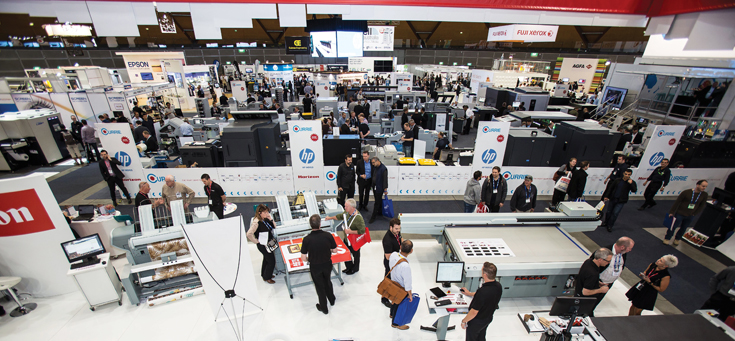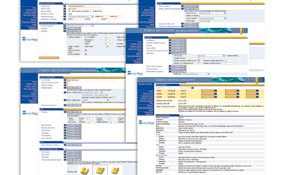
The largest print-related trade exhibition in the US is now SGIA, the Specialty Graphics Imaging Association. The venerable Graph Expo and its every-four-years Print international show are now in second place. What changed?
In the past, much of the exhibit floor at printing events was occupied by offset litho press manufacturers. They moved their gigantic presses into very large exhibit stands. The first show of the modern era was Print 68. I was there and at every show since then. It was in 1968 that the last hot metal devices were shown.
Phototypesetting suppliers made up much of the show floor from the 1970s to the 1980s. In the 1990s, it was desktop publishing and digital printing. By the 2000s, inkjet was coming into use.
Trade shows reflect trends in technology, but they also mirror what is happening in the market. Sometimes the technology is early and now ready for use, but one can see the direction that early users are taking.
SGIA, as an association, started in the world of screen printing. Then, in the 2000s it had its first exhibitors in wide format inkjet printing and then flatbed inkjet printing. Today, it presents virtually every supplier of inkjet imaging and the ecosystem that supports it.
The traditional printing exhibitions do have inkjet exhibitors, but not in the number or breath that SGIA does. A lot has to do with the audience. As the number of printing firms in the US declined to half their high point in 1995, many of the smaller and local shows died off. At one time, there were 14 annual print-related exhibitions. Today there are two. Three, if you count LabelExpo.
The printing industry does require trade shows. Shows are especially important for small suppliers and new suppliers. However, larger companies have changed their marketing in some cases. They run their own events or sponsor large user groups. I was told that it was cheaper to fly prospects to the company’s demo center than move large equipment into exhibit halls.
It must also be stated that SGIA goes beyond traditional printing. Its exhibitors have equipment for printing on many different substrates. Its large seminar program is broad and diverse. SGIA may reflect the print world of the future.
Of course, no event can match drupa. It is successful because of its location in the heart of a large market and its gigantic size attracts a truly international audience. New exhibitions in Asia a growing rapidly. But each country needs its own shows. They help local commerce and bring users together.
Perhaps all the changes in trade shows reflect the continuing changes in the industry overall. And the success of SGIA and the future it portends is a part of that change.
Comment below to have your say on this story.
If you have a news story or tip-off, get in touch at editorial@sprinter.com.au.
Sign up to the Sprinter newsletter



